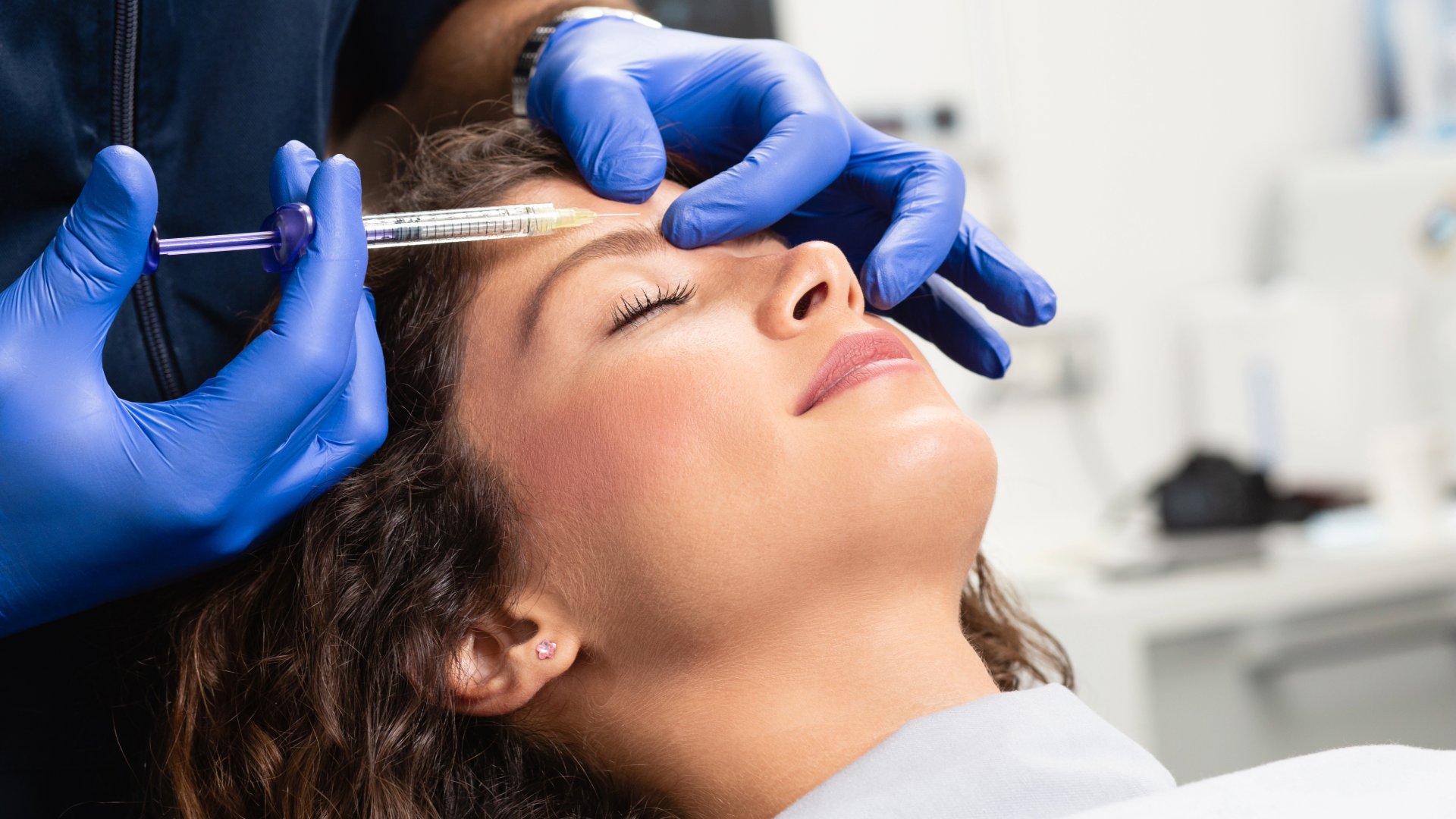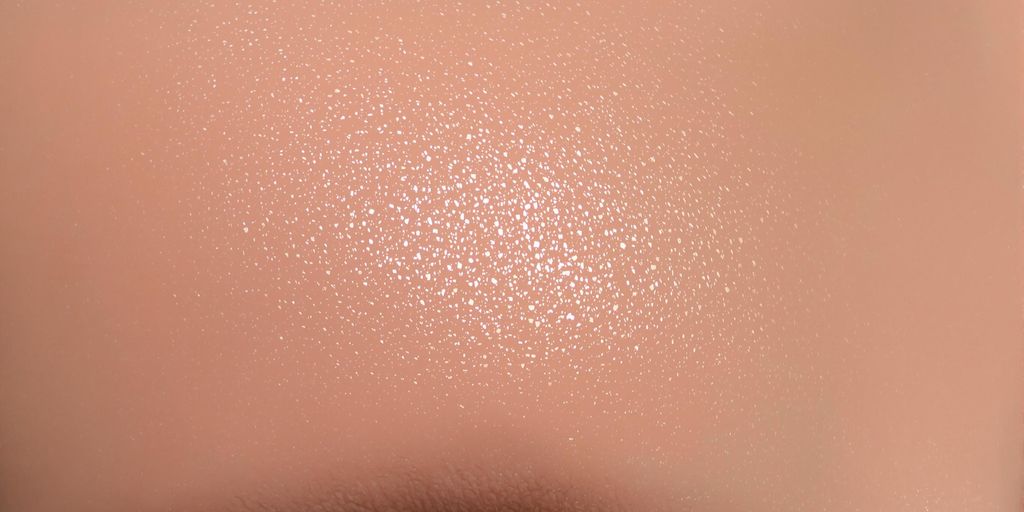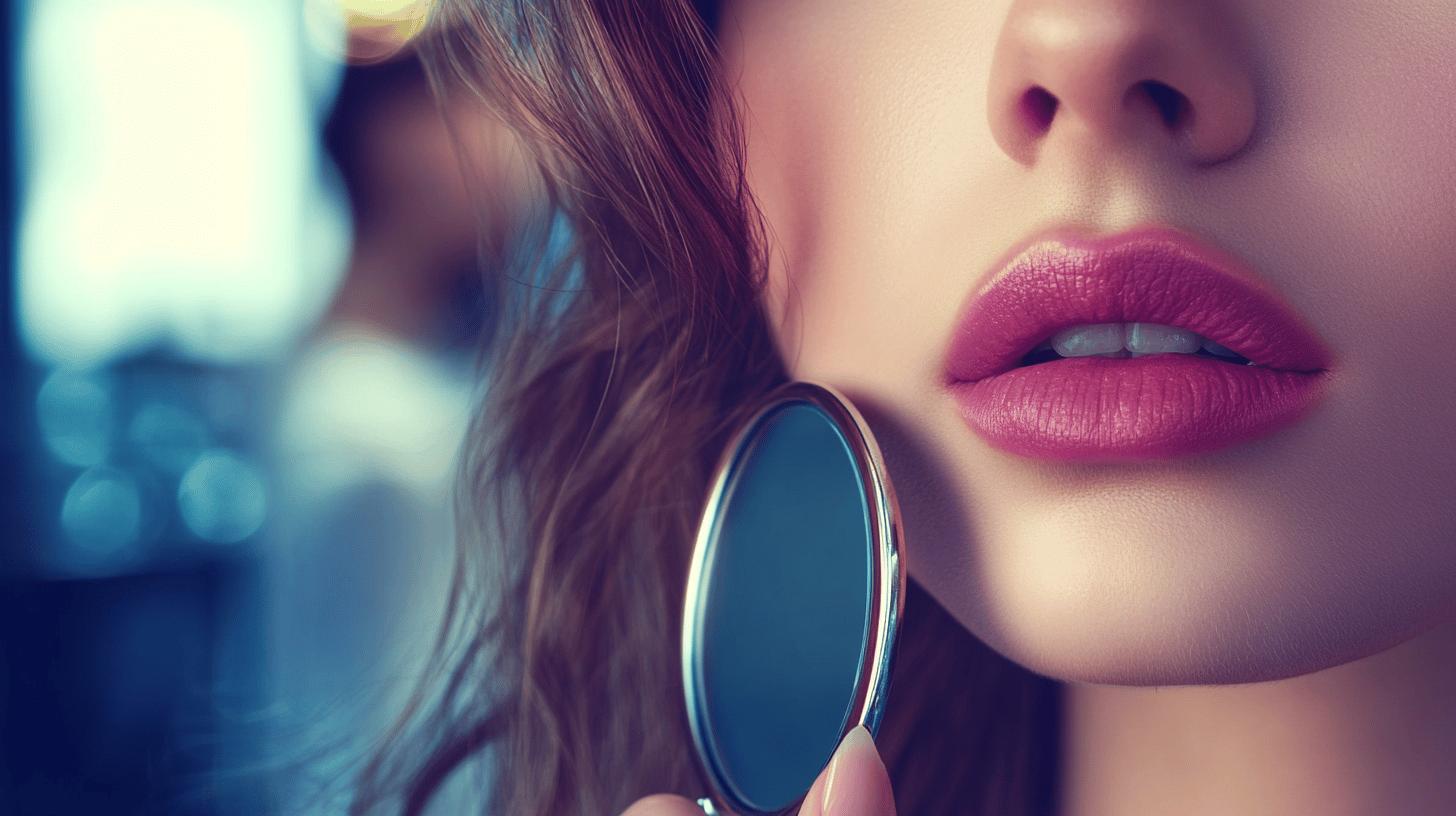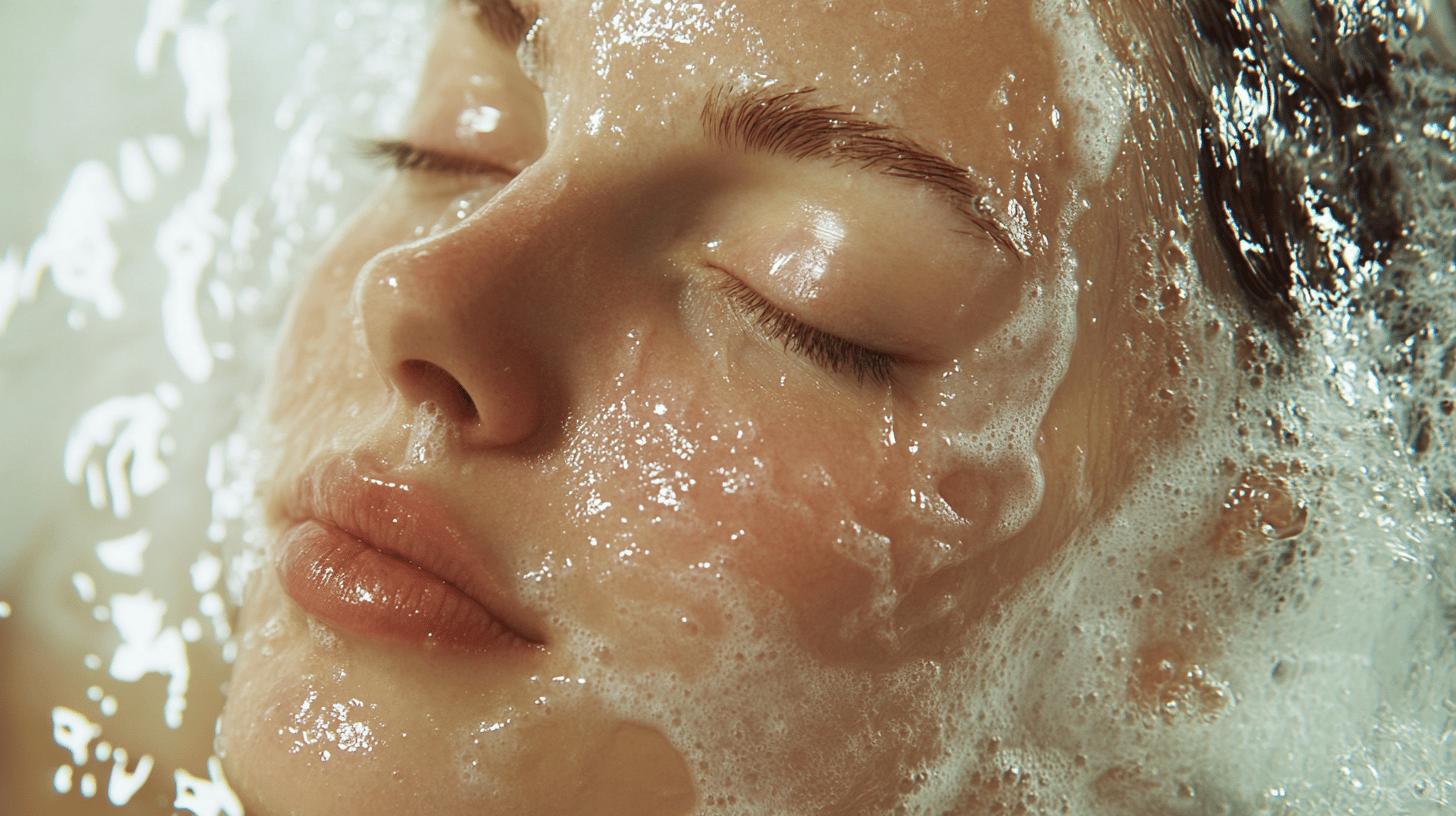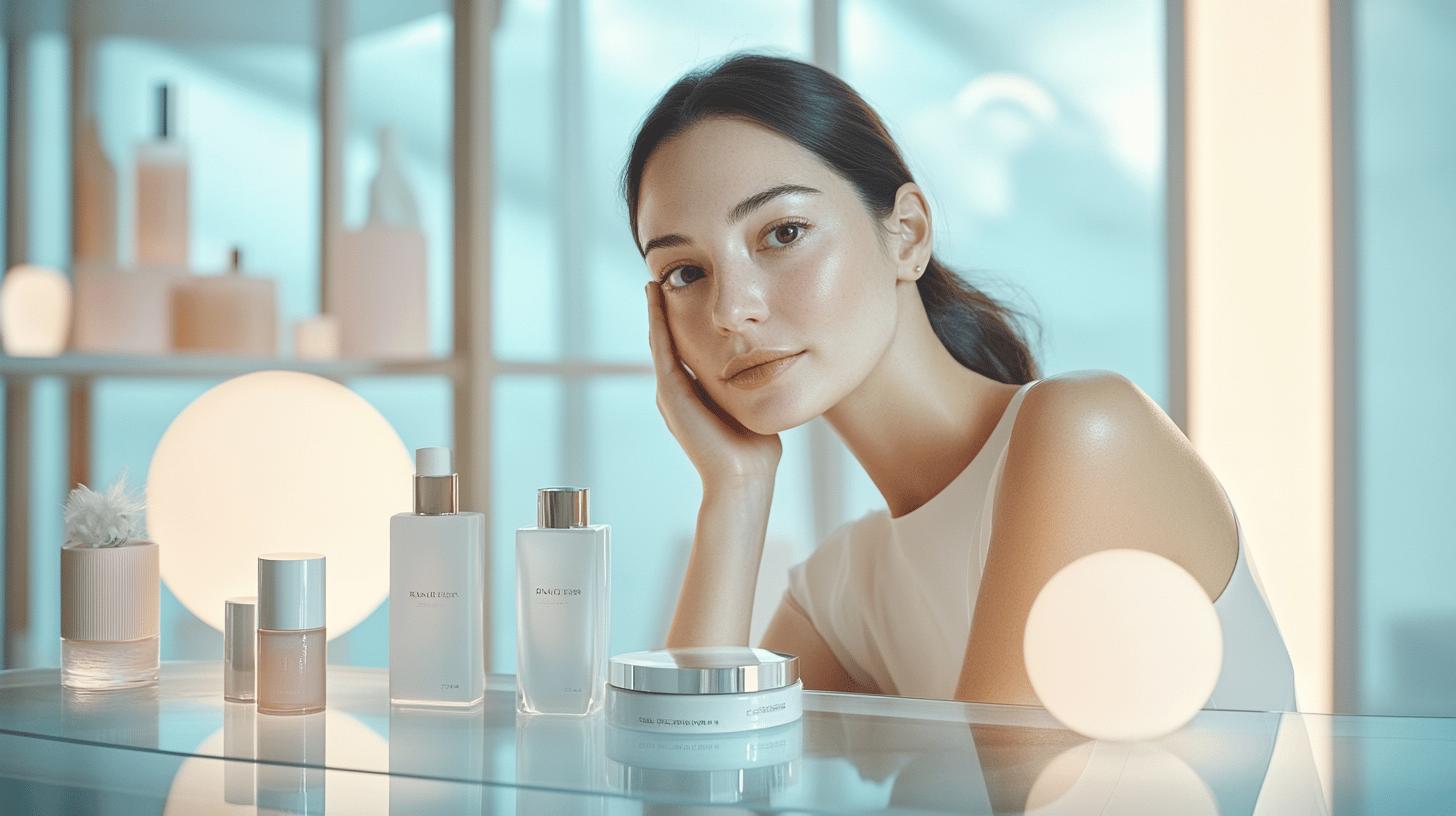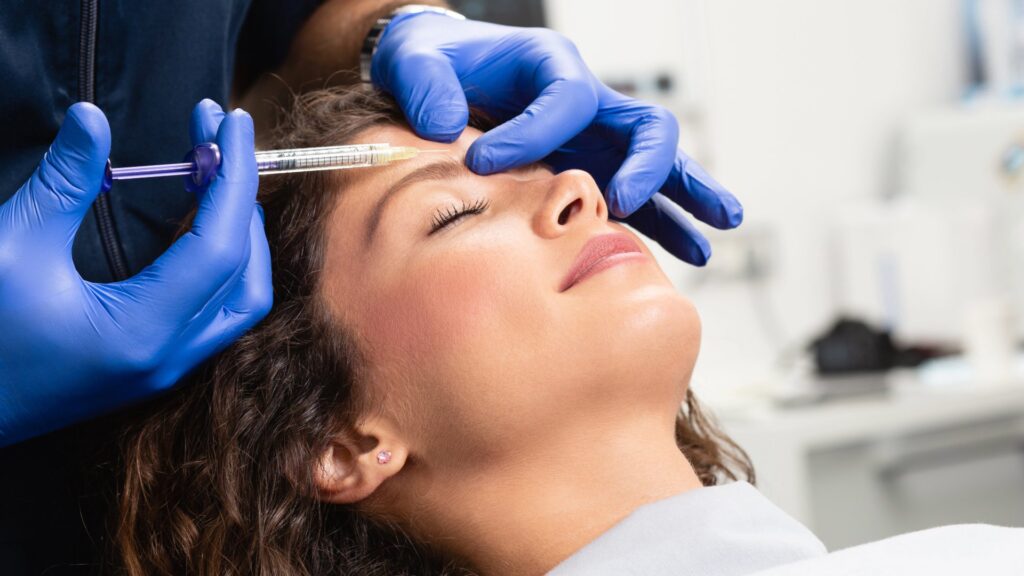Is Botox more than just a beauty fad
Is Botox more than just a beauty fad, or does it offer genuine benefits for those seeking a youthful appearance? For beginners venturing into the world of Botox, understanding its essentials is crucial. This guide will demystify Botox, explaining how it smooths wrinkles and fine lines effortlessly. From the science behind it to common treatment areas, we cover everything you need to know before your first appointment. Join us as we explore the basics of Botox and how it can help enhance your natural beauty safely and effectively.
Understanding Botox: The Basics for Beginners
Botox is a neurotoxin that temporarily paralyzes muscles to reduce wrinkles and fine lines. It is commonly used in cosmetic procedures to create a smoother appearance on the face. The treatment involves injecting multiple micro-doses of Botox into targeted muscles using an ultra-fine needle.
The mechanism of action for Botox centers on its ability to block nerve signals to the muscles. When these signals are inhibited, the muscles cannot contract, which effectively softens and relaxes the wrinkles. The effects of Botox typically last between 3 to 4 months, after which the treatment can be repeated if desired.
- Forehead lines
- Crow’s feet
- Frown lines
- Bunny lines (on the nose)
- Chin dimpling
Botox is a highly versatile treatment, frequently used in various areas of the face to achieve a youthful and refreshed look. It is essential to consult with a qualified practitioner to determine the most suitable treatment areas based on individual needs and facial anatomy. This initial consultation ensures that the injections are administered accurately for optimal results, minimising potential side effects.
Preparing for Your First Botox Appointment
Proper preparation is crucial for achieving optimal results from your Botox treatment. Being well-informed and taking the necessary steps before your appointment can help ensure a smooth procedure and minimise potential side effects. The better prepared you are, the more likely you are to achieve the desired outcomes and enjoy a positive experience.
- Consult your physician: Discuss any medications, supplements, or herbal remedies you are currently taking.
- Discontinue certain medications: Stop taking aspirin, ibuprofen, and St. John’s Wort at least four days before your appointment.
- Avoid specific treatments: Refrain from getting chemical peels, suntans, or facials shortly before your Botox session.
- Schedule thoughtfully:
- Plan your Botox appointment a couple of weeks before any major events to allow time for any potential bruising to subside.
- It is also essential to avoid certain activities and medications before your Botox treatment. Discontinuing aspirin, ibuprofen, and St. John’s Wort at least four days prior can reduce the risk of bruising and bleeding at the injection site. Additionally, avoiding chemical peels, suntans, and facials shortly before treatment helps prevent skin irritation and ensures the Botox can be administered effectively.
- When planning your appointment, consider scheduling it a couple of weeks before any major events. This timeframe allows any potential bruising or swelling to subside, ensuring you look your best. It’s also important to discuss your goals and expectations with your practitioner during the consultation to ensure the treatment plan is tailored to your needs.
- Post-treatment, you should avoid strenuous activities, lying down, or rubbing the treated area for at least four hours. These precautions help prevent the Botox from migrating to unintended areas and ensure it stays where it was injected. By following these guidelines, you can maximise the effectiveness of your Botox treatment and enjoy the benefits of a refreshed and youthful appearance.
What to Expect During a Botox Procedure
The Botox procedure typically takes about 10-15 minutes, making it a convenient option for those with busy schedules. During the session, your practitioner will begin by cleansing the targeted areas to ensure a sterile environment. Following this, they will use an ultra-fine needle to inject multiple micro-doses of Botox into the selected muscles. The number of injections and the specific sites depend on the areas being treated and the desired outcome. This quick procedure means you can easily fit it into your day without significant disruption. Patients often wonder about the sensation they might feel during Botox injections. Most describe the feeling as a slight pinch or minor discomfort, which is usually well-tolerated. The ultra-fine needles used in the procedure help in minimising any pain. Some areas may be more sensitive than others, but the overall experience is generally quick and manageable. If you have concerns about discomfort, discuss them with your practitioner beforehand; they may offer a topical numbing agent to ease any anxiety.
- Treatment Area Expected Outcome
- Forehead lines Smoother skin
- Crow’s feet Reduced wrinkles
- Frown lines Less pronounced lines
Post-procedure, patients can expect minor swelling or redness at the injection sites, which typically subsides within a few hours. It’s crucial to avoid strenuous activities, lying down, or rubbing the treated areas for at least four hours post-treatment to ensure the Botox remains in the targeted muscles. Following these guidelines helps maximise the effectiveness of the treatment, allowing you to enjoy a refreshed, youthful appearance within a few days.
Potential Side Effects and Risks of Botox
When considering Botox, it’s important to be aware of the potential side effects. Common side effects include mild pain, swelling, or bruising at the injection site, headaches, and flu-like symptoms. These reactions are usually temporary and subside within a few days. While these side effects are generally mild, they can vary depending on individual sensitivity and the area being treated.
Less common but possible risks include muscle weakness, drooping eyelids, or asymmetry in facial expressions. These occurrences are rare and typically result from improper injection techniques or incorrect dosing. It’s essential to choose a qualified and experienced practitioner to minimise these risks. In very rare cases, patients may experience more severe reactions, such as difficulty swallowing or breathing, which require immediate medical attention. Consulting with a qualified practitioner is crucial for a safe Botox experience. During the consultation, discuss any allergies or medical history to ensure Botox is suitable for you. This conversation helps the practitioner tailor the treatment to your specific needs, reducing the likelihood of adverse reactions. By openly discussing your medical background, you can achieve a safer and more effective Botox treatment.
Botox Aftercare Tips for Beginners
After receiving Botox, following proper aftercare advice is essential to achieve optimal results and minimise side effects. Most people can resume normal activities soon after the procedure, but it’s advisable to rest and avoid specific actions that can affect the treatment’s effectiveness. Applying ice to the face and using topical arnica can help reduce any bruising or swelling at the injection sites. These measures support a smooth recovery and enhance the overall outcome of the treatment.
- Avoid strenuous activities: Refrain from any vigorous exercise or heavy lifting for at least 24 hours.
- Do not lie down: Stay upright and avoid lying flat or bending over for at least four hours post-treatment.
- No rubbing or massaging: Avoid touching, rubbing, or massaging the treated areas to prevent the Botox from migrating to unintended muscles.
- Apply ice and arnica: For the first 24 hours post-treatment, it’s crucial to avoid activities that could interfere with the Botox settling into the targeted muscles. Strenuous activities, lying down, or rubbing the treated area could cause the Botox to move, potentially leading to less desirable results. By adhering to these aftercare tips, you can ensure that your Botox treatment provides the best possible outcome and maintains the refreshed, youthful look you desire.
Frequently Asked Questions About Botox for Beginners
How long do the effects of Botox last? The effects of Botox typically last between 3 to 4 months. After this period, muscle activity gradually returns, and wrinkles and fine lines may reappear. Regular maintenance treatments can help sustain the desired results. The longevity of Botox’s effects can vary based on individual factors such as metabolism, the area treated, and the amount of Botox injected. Patients often notice smoother skin and a significant reduction in wrinkles within a few days post-treatment.
What is the cost of a Botox session? The cost of a Botox session can range from $200 to $600, depending on several factors. These include the practitioner’s expertise, geographic location, and the extent of the area being treated. It’s essential to consult with a qualified practitioner to get a personalised cost estimate and understand what the price includes. Some clinics may offer package deals for multiple sessions, which can be more cost-effective over time.
- How soon will I see results? Most patients notice the effects within a few days, with full results visible after about two weeks.
- Does the procedure hurt? The sensation is often described as a slight pinch, and any discomfort is usually minimal and brief.
- How long does the procedure take? The Botox procedure typically takes about 10-15 minutes.
- Are there any long-term side effects? Long-term side effects are rare when performed by a qualified practitioner, but it’s essential to discuss any concerns during your consultation.
There are several myths and misconceptions surrounding Botox. One common myth is that Botox will make your face look frozen or expressionless. In reality, when administered by an experienced practitioner, Botox can enhance your natural expressions without making you look unnatural. Another misconception is that Botox is only for older individuals; however, many younger people use Botox as a preventative measure against wrinkles. Clearing up these myths can help you make a more informed decision about whether Botox is right for you.
Final Words
Botox for Beginners has thoroughly explored key elements, from understanding the basic principles to preparation and procedural details. This article highlights essential information, including what Botox is, how it works, and common treatment areas.
Awareness of possible side effects and aftercare tips are crucial for achieving the best results. Proper planning and consultation with a qualified practitioner can further enhance safety and efficacy.
Beginning a Botox journey can significantly enhance natural beauty and boost confidence. With careful consideration and adherence to guidelines, beginners can embark on a rewarding experience.

